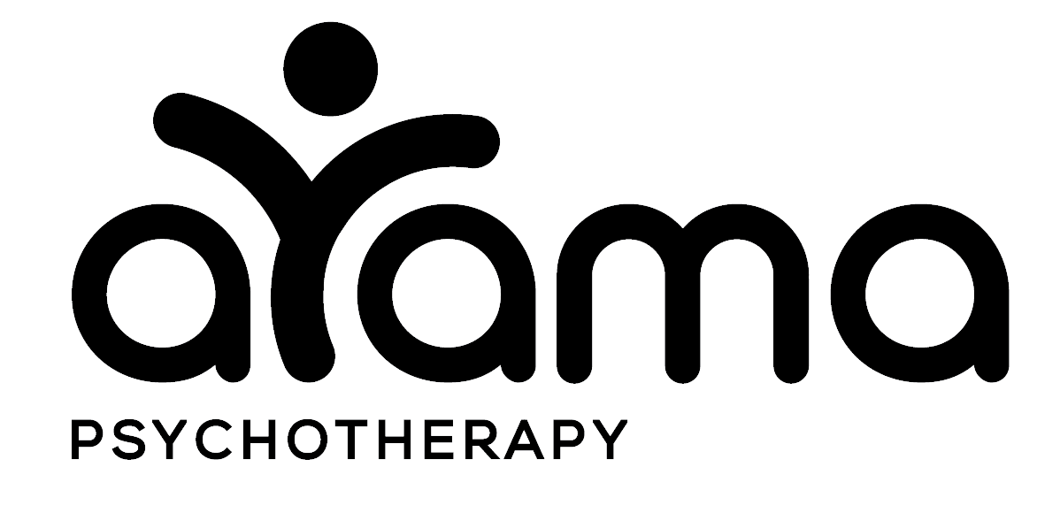More CBT-I Stats
You may have heard me say that there is no "one size fits all" answer to a person's sleep problems and that finding good sleep is like finding a good shoe.
You want to try on the shoe and test things out, rather just wear the shoe model and size that your friend uses.
With that said, we use data to inform our sleep decisions and if the "fit" is a good one. I thought you might want to see an example of one of the nuances we sometimes face when we making decisions about sleep change.
The goal of sleep work is to 1) reset the body's sleep pattern, and then 2) progressively modify the sleep schedule to ultimately land on a personalized sleep formula that creates a feeling of confidence in the body's ability to sleep and a feeling of restedness.
In the process of narrowing down the formula for ourselves, we need to make the smart decisions.
Here's a typical example of how similar scenarios actually require different decisions. It's a topic we were discussing at the last Sleep Q&A with the current cohort, and this type of decision-making also comes up frequently in one-on-one CBT-I sessions.
Person #1: Doing sleep improvement because they don't feel rested
Sleep efficiency: 85% (amount of time spent in bed compared to amount of time spent sleeping; the higher the efficiency, the better, with above 85% being associated with decent sleep and "good" sleepers often at 90%)
Total time spent asleep: 7.0 hrs on average
Average number of nighttime awakenings: A lot. Sometimes too many to count.
Restedness: Low
A smart decision entails: Decrease the time spent in bed by 15 minutes. This will help reduce the number of awakenings, ultimately leading to feeling more rested even if the total number of hours of sleep is not yet long enough to be fully satisfying. Practice accepting that restedness will be low temporarily at this stage, but the priority is to minimize awakenings so that the body is better trained to sleep solidly and restfully before introducing longer times in bed. Do NOT increase time spent in bed for sleep yet.
Person #2: Doing sleep improvement because they don't feel rested
Sleep efficiency: 85% (amount of time spent in bed compared to amount of time spent sleeping)
Total time spent asleep 7.0 hrs on average
Average number of nighttime awakenings: 1 brief awakening to go to the bathroom and able to fall back asleep quickly
Restedness: Low
A smart decision entails: Increase time spent in bed by 15 minutes to increase the level of restedness. The body seems to be trained well enough to sleep solidly without interruption. If sleep efficiency continues to stay high after a couple of weeks, then again increase the time spent in bed by 15 minutes. The main task now is to slowly increase the opportunity given to the body to sleep in bed, while identifying the length of time spent in bed at which sleep efficiency starts to decrease (it will inevitably decrease at a point that is fit to your body's needs, and for some people it's closer to 6 hours or even lower, and for some people it's closer to 9 hours, and for many of us, it is in-between those two points).
~
Notice how the sleep complaint (not rested) and sleep stats were very similar, but the awakenings were different. This led to different sleep decisions.
We resisted the desire to just stay in bed in hopes of sleep getting better on its own (for Person #1), and we certainly did NOT use a one-size-fits-all approach or recommend trying to sleep for random lengths of time!
While it's too much information to go into detailed explanations here for why Person #1 must prioritize addressing awakenings,
I think this gives you an idea of why you want to have proper knowledge and some details when making sleep decisions.
You can read more about our services.
Happy Sleeping,
Alissa S. Yamasaki
